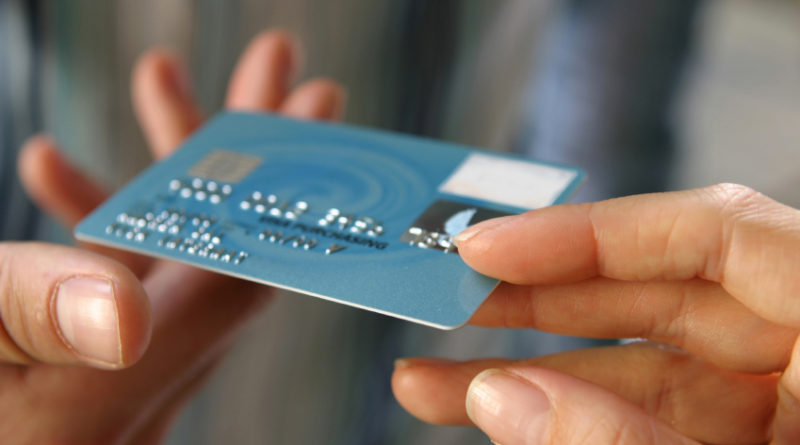Philippine credit card billings drop 27% in first half of 2020: CCAP
The Philippines’ credit card industry, like many other sectors, has not been spared the adverse effects of the country’s widespread lockdown. As different types of businesses were forced to stop operations, credit card usage slumped, as reflected by a 27% year-on-year decline in credit card billings in the first half of 2020, the Credit Card Association of the Philippines (CCAP) said in a press release on Tuesday.
The economic challenges continued to pile up as the country’s unemployment rate soared to an all-time high of 17.7% in the April this year. This not only made card holders hesitant to apply for new credit cards; it also made it more difficult for them to settle their credit card debt, the association said.
“The high unemployment rate, as well as the loss of livelihood for self-employed individuals and small business owners took its toll on the credit card industry,” said CCAP executive director Alex Ilagan. “We saw an unprecedented rise of credit card holders being unable to pay their balance, which resulted in the credit card past due level growing by as much as thrice by September 2020 as compared to the pre-ECQ level.”
This high percentage of unpaid debt has forced banks to allocate a significant amount for credit loss provision, pushing credit cost to unprecedented levels. With these immense changes, the industry continues to do its best to survive, and this includes credit prudence and leveraging opportunities to save cost through the digitization of customer service.
Maintaining good credit standing during the pandemic
Ilagan puts emphasis on being on top of one’s expenses and maintaining a good credit standing, even during this pandemic. Credit cards are powerful tools, and card holders should use them responsibly. This is because situations such as a pandemic are temporary, and it may not be the only time that credit card holders must utilize their cards. They may also need to depend on their cards to rebuild their lives after the pandemic, or for unforeseeable emergencies in the future.
“The best steps that credit card holders can take to maintain a good credit standing during the pandemic is to ensure that credit card bills are paid on time. They should also avoid maxing out their credit limits because it will reduce their credit score,” shared Ilagan. “Financial discipline is important, and credit cards should be viewed as a tool for convenience in making payments and a readily available standby line of credit for emergency or big purchases.”
For credit card customers whose financial condition may have been impacted by the economic slowdown as a result of the pandemic, in addition to extending the mandated 60-day grace period under the Bayanihan Act to Recover as One (BARO), credit card issuers have implemented various forbearance programs. “Credit card customers can avail of these forbearance programs to help them repay their credit card debts through easy and flexible repayment schemes,” shared Ilagan.
Digitization of customer service
Aside from navigating the new normal, banks and financial institutions have to pivot into the digital world. Credit card issuers have continuously pushed for the shift from paper-based statements to electronic billing statements among its customers, now reaching more than 75% enrollment for this industry-wide. This helps ensure the timely delivery of credit card bills amid the pandemic. Banks are also strengthening their online interactions with card holders, be it through emails, social media platforms, or chatbots.
“The credit card industry is intertwined with the state of the national economy. Most economists expect recovery to start by early next year, so the same expectation can be applied to the credit card industry. Hopefully, the efforts of our stakeholders, alongside the efforts of the government, will be enough for the industry to get back on its feet,” said Ilagan.




